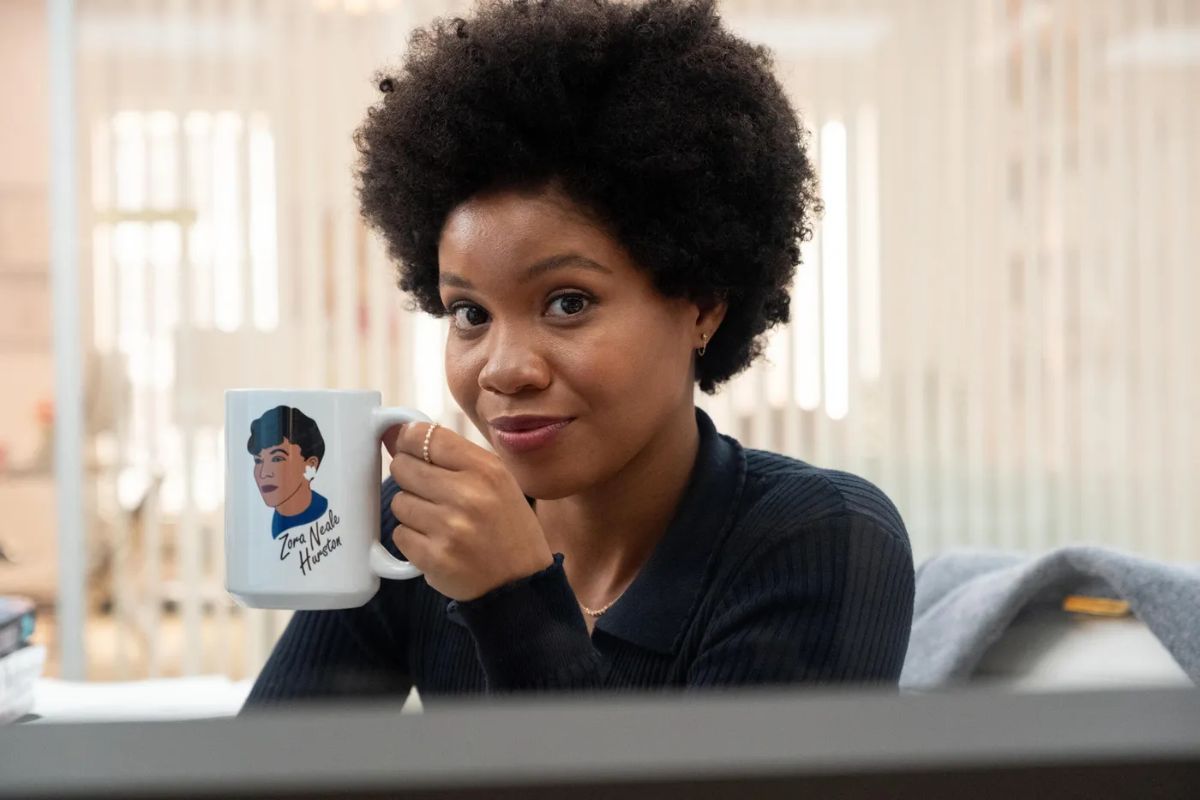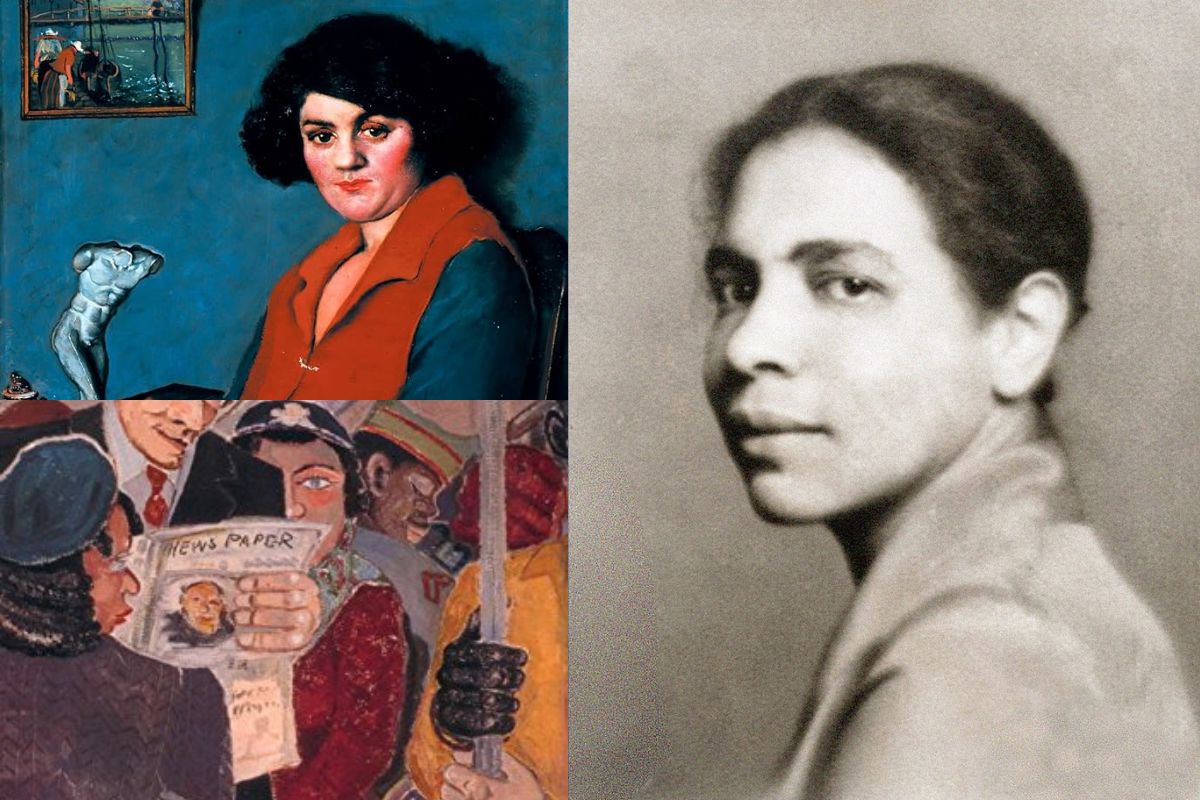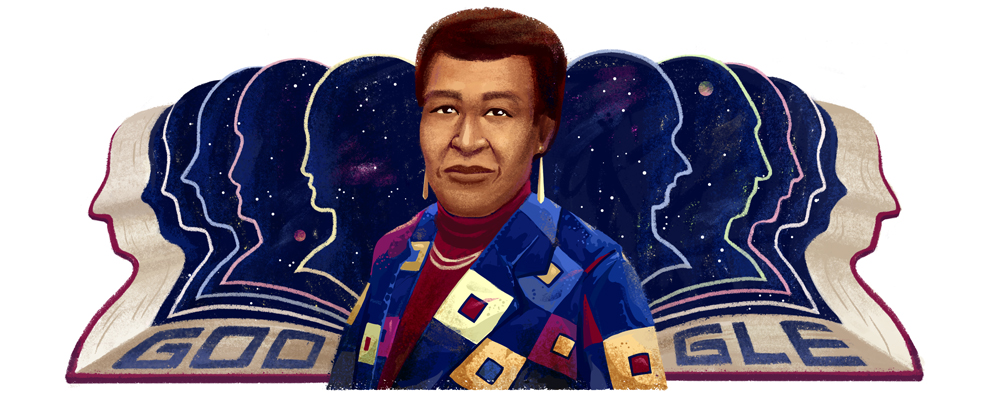The Significance of Nella’s Name in ‘The Other Black Girl’

Hulu’s adaption of Zakiya Dalila Harris’ bestselling novel, The Other Black Girl, is finally out! The story follows editorial assistant Nella Rogers a.k.a. the sole Black employee at Wagner Books. She’s not the only Black person in the building because of the janitorial and support staff, but certainly the only one at her company and on her floor. That all changes when another editor hires Hazel-May as an assistant. Nella finds comfort and builds a bond with Hazel very quickly. However, things start to go south when threatening notes and other weird stuff start to occur following Hazel’s arrival.
Other than the isolation of working as the only Black person at her job, Nella’s quick attachment comes in part due to her own insecurity with her Blackness. Growing up in a white Connecticut neighborhood and attending majority-white public schools and university left her uneasy about her own identity. Her parents tried to keep her culturally connected, but that only did so much for Nella in spurts and with unacknowledged class divides. As an adult, her best friend, Malaika, is Black. However, the person she spends the most time with outside of her very white workspace work is her white partner Owen. In the novel, Nella’s lack of confidence in being the ‘right type of Black woman’ crosses into anti-Blackness. This vulnerability opens Nella up to trickery from those who seek to weaponize her self-doubt.
This character trait found in both works can also be found in the name of the main character. That’s because “Nella” appears to be a nod to an author whose work partially inspired Harris’ novel.
The other Black Nella

Harris likely named Nella after Harlem Renaissance writer Nella Larsen. While not as prolific as her contemporaries, her peers respected Larsen for her written and community work. Larsen published two books, Passing and Quicksand, and a handful of short stories. In both novels, Larsen delves into the themes of belonging and navigating race. Additionally, career-wise, the character of Nella shares some similarities with Larsen. The 1920s writer was a key figure in the desegregation of the New York Public Library and worked as a librarian. The Nellas had representation and belonging at the top of their minds. Harris also cited Larsen’s Passing as one of the key inspirations for this novel, probably for the dynamic between the women more than the themes. However, there’s still some overlap.
In her more autobiographical work, Quicksand, the main character Helga, a Black and white biracial literally moves from place to place in search of a home. This restlessness is both internal and external based on how people treat her. While Harris’ Nella stays stationary (to her detriment) and is not biracial, she has very similar anxieties. Malaika makes light jabs about this insecurity throughout both stories in a way only a friend can. However, she gets serious about this when Malaika tries to stress to Nella that Hazel’s red flags don’t get a pass because she’s Black. Malaika may not understand what it’s like to work in space where she’s the only Black woman, but she does see early on how Hazel appears to manipulate Nella.
Other Black authors referenced in The Other Black Girl

While definitely the most thematically relevant, Larsen isn’t the only named Black author referenced between the book and the show. In the adaption, Nella hangs artwork of Octavia Butler at her desk at work and equips her space with a mug featuring Zora Neale Hurston. In the novel, Hazel and Nella bond over the fact they both have Hurston mugs. Both authors remain among of the most important and influential writers of the last century. Like Passing, Harris cited Butler’s Kindred as a source of inspiration for her book, along with more satirical works like Ira Levin’s The Stepford Wives and Jordan Peele’s Get Out.
In the show, TERF and antisemite Alice Walker is mentioned in a conversation between Nella and Malaika. Here they’re squabbling over knowing the importance of Walker’s work as a feature of Black readership. In addition to writing, Walker remains a key figure in helping uncover and solidify Hurston’s legacy decades after the writer’s death. Finally, in a way that got funnier as the show continued (but I won’t go into due to spoilers), Candace Owens is named-dropped. Regardless of her political grift and inhumane views, she technically did write a book even if it was only possible by courting a non-Black audience. Each of these women, like Nella, confronted the whiteness in publishing and the concept of FUBU.
(featured image: Wilford Harwood/Hulu)
The Mary Sue may earn an affiliate commission on products and services purchased through links.
Have a tip we should know? [email protected]
